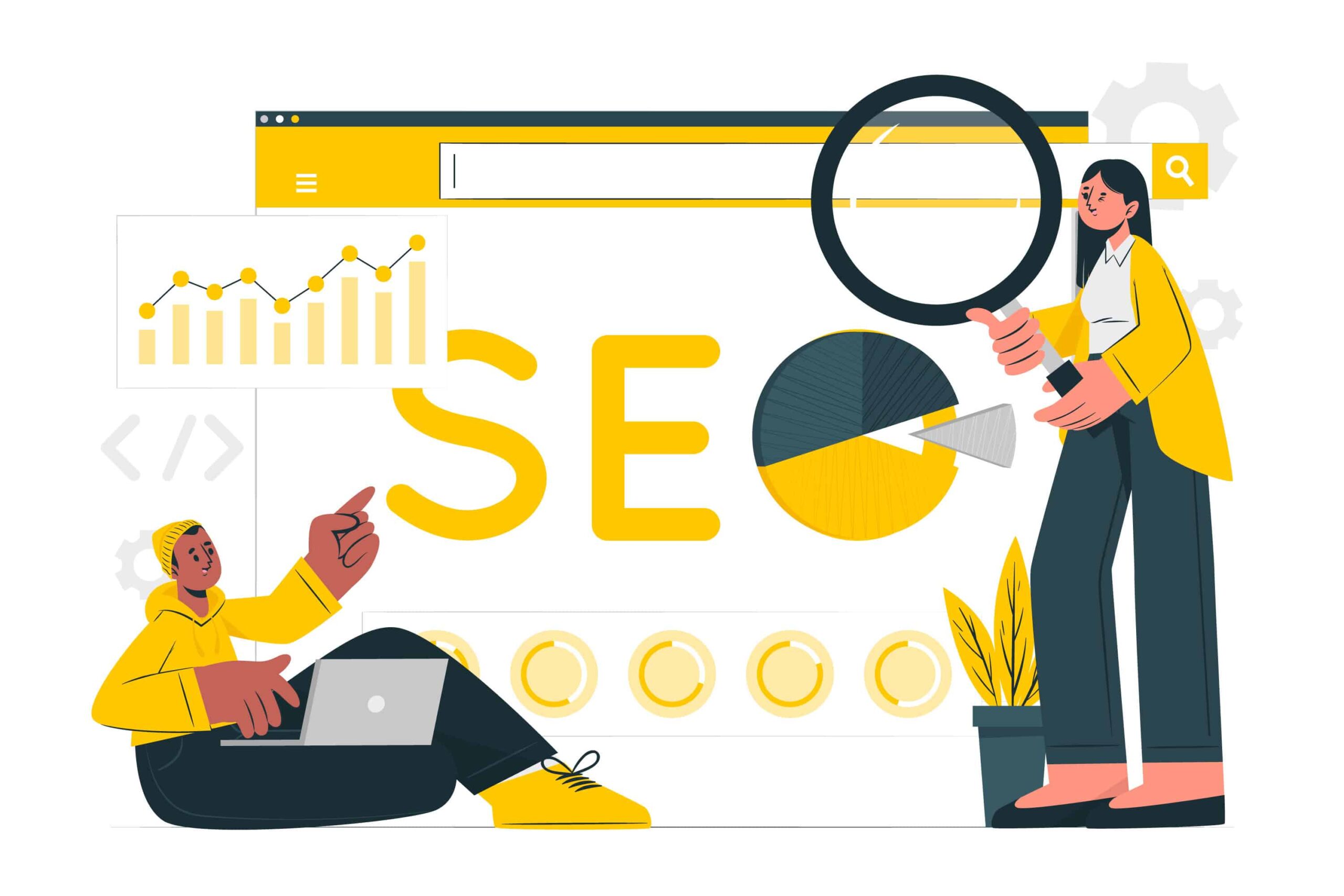How To Know If Your Business Is Failing

The entrepreneurial dream, often painted with strokes of innovation and financial independence, can quickly turn into a harsh reality for many businesses. Recognizing the signs of a failing business is crucial for survival, allowing owners to take corrective action or, in some cases, make the difficult decision to close down gracefully. Ignoring these warning signs can lead to mounting debt, legal issues, and personal hardship.
This article delves into the key indicators of a business in distress, providing practical insights and expert opinions to help entrepreneurs assess their current situation and make informed decisions. We will explore financial metrics, operational inefficiencies, and market trends that often signal impending failure. The goal is to equip business owners with the knowledge they need to navigate challenging times and, ideally, steer their ventures back toward profitability.
Financial Red Flags
Declining Revenue and Profitability
One of the most obvious signs of a struggling business is a consistent decline in revenue. If sales are steadily decreasing month after month or quarter after quarter, it's a clear indication that something is amiss. Coupled with declining revenue, shrinking profit margins paint an even bleaker picture, suggesting that the business is becoming less efficient at generating profit from each sale.
According to data from the Small Business Administration (SBA), many small businesses fail due to inadequate cash flow management and profitability.
"Poor financial planning and a lack of understanding of key financial metrics are often the downfall of promising startups,"explains Jane Doe, a financial consultant specializing in small business turnaround strategies.
Cash Flow Problems
Even profitable businesses can fail if they run out of cash. Cash flow is the lifeblood of any business, and consistent shortages can be a sign of deeper problems. Late payments to suppliers, difficulty meeting payroll obligations, and increasing reliance on short-term loans are all red flags.
A negative cash flow cycle indicates that the business is spending more money than it is bringing in, leading to a dangerous downward spiral. The National Federation of Independent Business (NFIB) consistently highlights cash flow as a major concern for its members.
Mounting Debt
Increased reliance on debt to fund operations is another critical warning sign. While strategic borrowing can be a useful tool for growth, excessive debt can cripple a business. A high debt-to-equity ratio signals that the business is heavily leveraged and vulnerable to economic downturns or unexpected expenses.
Furthermore, if a business is struggling to make timely debt repayments, it risks damaging its credit rating and losing access to future financing. This situation can quickly lead to bankruptcy or forced liquidation.
Operational Inefficiencies
Poor Inventory Management
Inefficient inventory management can tie up valuable capital and lead to significant losses. Overstocking can result in spoilage, obsolescence, and storage costs, while understocking can lead to lost sales and customer dissatisfaction. Tracking inventory accurately and implementing efficient stocking strategies are essential for maintaining profitability.
Businesses should regularly analyze inventory turnover rates to identify slow-moving items and adjust their purchasing accordingly. Utilizing technology, such as inventory management software, can greatly improve efficiency and accuracy.
Ineffective Marketing and Sales
A lack of effective marketing and sales strategies can severely impact a business's ability to attract and retain customers. If marketing campaigns are not generating sufficient leads or sales conversions, it's time to re-evaluate the approach. Failing to adapt to changing market trends and customer preferences can also lead to a decline in sales and market share.
"Businesses need to constantly innovate and adapt their marketing strategies to stay ahead of the competition," says Mark Smith, a marketing expert. This includes leveraging social media, content marketing, and other digital channels to reach a wider audience.
High Employee Turnover
High employee turnover can be a symptom of underlying problems within the business, such as poor management, low morale, or inadequate compensation. Replacing employees is costly and time-consuming, and it can disrupt operations and negatively impact productivity. Addressing employee concerns and creating a positive work environment is crucial for retaining talent.
Exit interviews can provide valuable insights into why employees are leaving and what areas need improvement. Investing in employee training and development can also increase job satisfaction and reduce turnover.
External Factors and Market Trends
Changing Market Conditions
Even well-managed businesses can struggle if they fail to adapt to changing market conditions. New competitors, technological advancements, and shifts in consumer preferences can all disrupt the market landscape. Staying informed about industry trends and being willing to adapt is crucial for survival.
Businesses should conduct regular market research to identify emerging threats and opportunities. Remaining flexible and agile allows businesses to pivot and adjust their strategies as needed.
Economic Downturns
Economic recessions can significantly impact businesses, particularly those that are already struggling. Reduced consumer spending, increased unemployment, and tighter credit conditions can all put pressure on businesses. During economic downturns, it's essential to cut costs, streamline operations, and focus on retaining existing customers.
Businesses should also consider diversifying their revenue streams to reduce their reliance on any single market or customer. Building a strong cash reserve can provide a buffer during difficult economic times.
Looking Ahead: Turning the Tide or Closing Down
Recognizing the signs of a failing business is the first step towards recovery. If these warning signs are present, it's time to take decisive action. This may involve implementing cost-cutting measures, restructuring debt, improving marketing efforts, or seeking expert advice.
However, in some cases, the challenges may be too great to overcome. If the business is deeply in debt, has lost significant market share, and is unable to generate sufficient cash flow, it may be time to consider closing down. While this decision can be difficult, it may be the most responsible course of action, preventing further financial losses and personal hardship. The key is to act proactively and make informed decisions based on a realistic assessment of the business's prospects.






.jpg)











